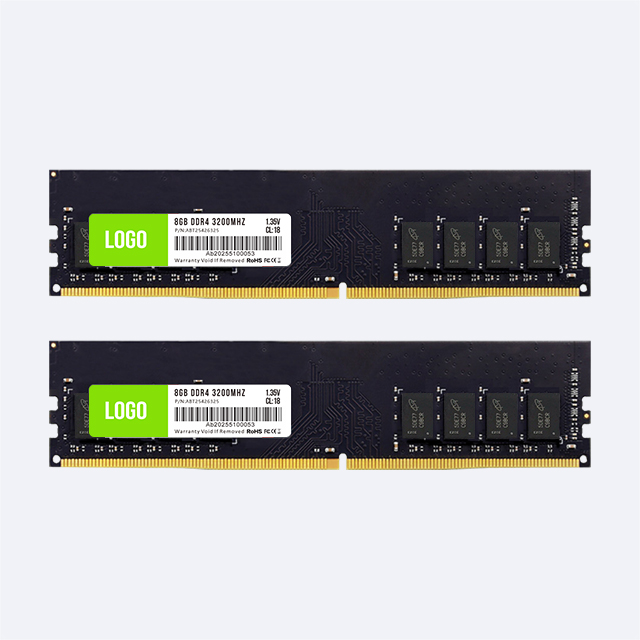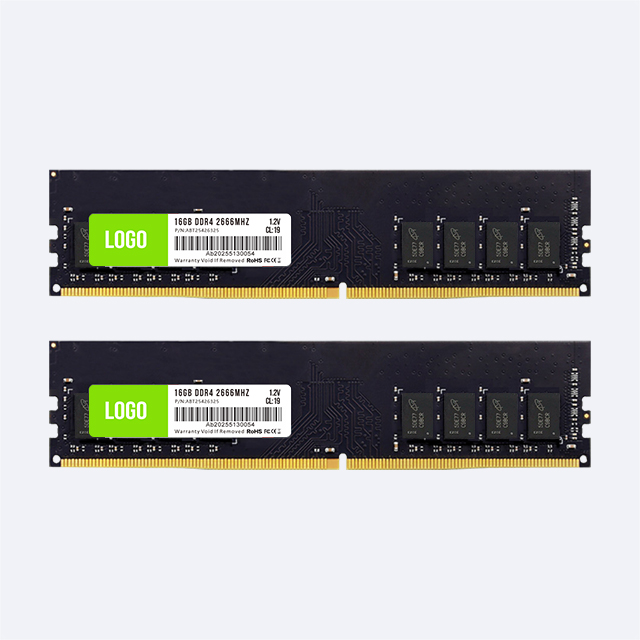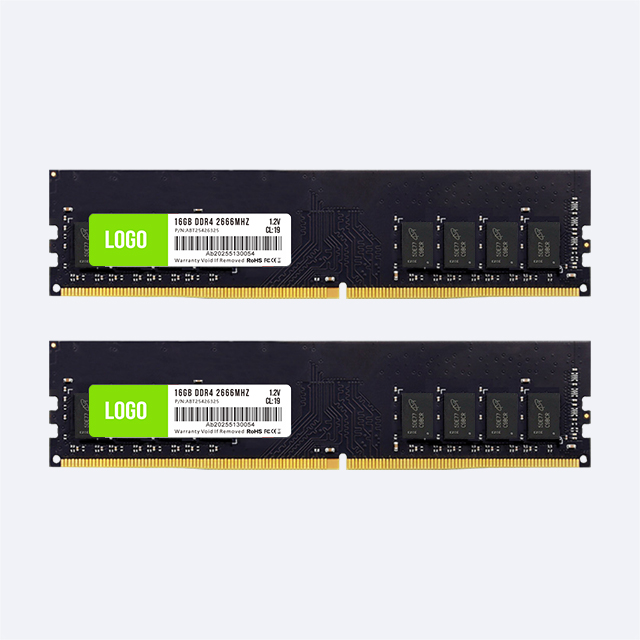Small workstations demand powerful memory to handle intensive tasks. Our high-speed, high-capacity memory modules are ideal for tasks such as 3D modeling, CAD design, and data analysis. They enable the workstation to process large datasets quickly, render complex graphics in real-time, and run multiple professional applications simultaneously, helping professionals in various fields to work more efficiently.
Industry Pain Points
-

Limited Capacity: Small workstations often struggle with insufficient memory when handling data - heavy tasks like 3D modeling or video editing. Low - capacity RAM forces the system to swap data to disk, slowing down workflows and wearing out storage.
-

High Latency: Slow memory response times impact performance, especially in time - sensitive applications like financial analysis, or when multitasking with resource - intensive software.
-

Upgrade Challenges: Many workstations have limited motherboard support for new memory types. Upgrading can be complex due to non - standard slots or BIOS issues, forcing users to make costly system changes.
Enterprise Advantages
Our high - capacity and high - speed memory modules eliminate the bottlenecks that slow down small workstations. For enterprise tasks such as 3D rendering, complex data analytics, and high - definition video editing, our RAM enables faster data processing. With increased memory bandwidth and reduced latency, workstations can handle large datasets and run multiple resource - intensive applications simultaneously without lag, significantly boosting employee productivity.
Seamless Compatibility
Worried about compatibility issues? Our memory products are engineered to work seamlessly with a wide range of small workstation motherboards and operating systems. This means minimal integration challenges and quick deployment, saving your IT team valuable time and resources. Whether you’re using industry - standard or specialized workstation setups, our memory modules ensure a smooth and trouble - free experience.
Scalability to Meet Growing Needs
As your enterprise evolves, so do your computing requirements. Our memory modules are designed for easy upgradeability, allowing you to scale up the memory capacity of your small workstations effortlessly. Whether you’re expanding your data - processing capabilities for a new project or handling larger workloads due to business growth, our compatible and flexible memory solutions ensure your workstations can adapt without the need for a complete system overhaul.
Frequently Asked Questions
-
Q:How much RAM does my small workstation need for typical CAD/CAM applications?
+A:For most CAD/CAM software like AutoCAD, SolidWorks, or CATIA running on a small workstation, we recommend a minimum of 16GB of RAM for basic 2D design work. However, if you frequently handle complex 3D models, large assemblies, or perform simulations, upgrading to 32GB or even 64GB can significantly improve performance. High-capacity memory allows the software to cache data faster, reducing lag during model manipulation and rendering.
-
Q:Will upgrading my RAM improve video editing performance on my small workstation?
+A:Yes, upgrading RAM can have a dramatic impact on video editing workflows, especially when working with high-resolution footage (4K, 8K) or multiple video tracks. Video editing software like Adobe Premiere Pro or DaVinci Resolve benefits from more RAM as it allows the application to cache video previews, effects, and project assets in memory. This reduces the reliance on slower storage drives, enabling smoother playback, faster rendering times, and seamless real - time editing.
-
Q:How do I know if my small workstation supports the latest high - speed RAM?
+A:First, check your workstation's motherboard specifications. The motherboard manual or the manufacturer's website will list the supported memory types (e.g., DDR4, DDR5), maximum capacity, and the highest memory speed it can handle. Additionally, consider the CPU compatibility, as different processors have specific memory requirements. If you're unsure, you can consult us.

Memory upgrade, performance leap!
Professional memory modules, tailored for you, free consultation, enjoy a high-speed experience!
Contact Us












